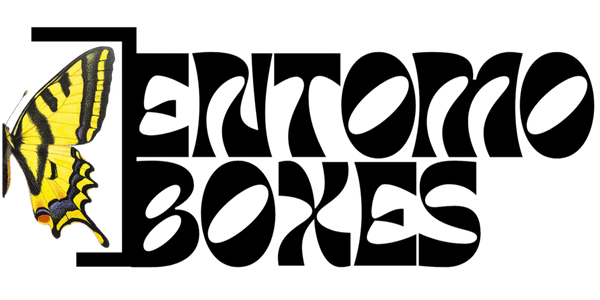Butterfly collecting is not just a hobby; it's a journey into the enchanting world of these delicate creatures. Whether you're captivated by their vibrant colors or fascinated by their intricate patterns, starting your own butterfly collection can be an incredibly rewarding experience. In this beginner's guide, we'll explore the essential tips and tricks to help you embark on your butterfly collecting adventure with confidence.
1. Getting Started:
- Understanding the Ethics: Before you begin collecting butterflies, it's crucial to understand the ethical considerations involved. Respect local regulations and ensure that your collecting activities contribute positively to conservation efforts.
- Research and Education: Take the time to learn about butterfly species native to your area, their habitats, and behavior. Books, online resources, and local entomological societies can be valuable sources of information.
- Collecting butterflies can actually contribute to their protection and conservation in several ways. By observing and documenting butterfly populations in the wild, collectors can provide valuable data to researchers and conservationists. This data helps in monitoring population trends, identifying habitat threats, and prioritizing conservation efforts.

Here's a Coenonympha tulia butterfly marked with a number on its wing, part of a project to save this endangered species.
2. Essential Equipment:
- Butterfly Net: Invest in a high-quality butterfly net with a sturdy handle and fine mesh netting. This will allow you to safely capture butterflies without causing harm.
- Killing Jars or Ethical Methods: Consider using killing jars or other humane methods to euthanize collected specimens. Ethical treatment of butterflies is essential for preserving their beauty and contributing to scientific research.
- Storage Boxes: Choose appropriate boxes for storing collected butterflies, such as display cases or insect boxes lined with soft material, to prevent damage to delicate wings.

3. Field Techniques:
- Choose the Right Time and Place: Early morning and late afternoon are ideal times for butterfly collecting when they are most active. Explore diverse habitats such as meadows, gardens, and woodland edges to encounter a variety of species.
- Observation and Patience: Develop keen observation skills to spot butterflies in their natural habitat. Be patient and approach slowly to avoid startling them.
- Proper Handling: Handle collected butterflies with care, holding them gently by the wings to avoid damage. Use a soft paintbrush to coax them into your net or hand.

4. Recording and Documenting:
- Keep Records: Maintain a journal or digital record of your collecting expeditions, noting the species encountered, location, and any notable observations.
- Photography: Capture the beauty of butterflies through photography, documenting their colors, patterns, and behavior. Share your images with fellow enthusiasts or contribute to citizen science projects.
5. Conservation and Ethical Considerations:
- Leave No Trace: Practice responsible collecting by minimizing disturbance to butterfly habitats and leaving no trace of your presence.
- Support Conservation Efforts: Get involved in butterfly conservation initiatives, such as habitat restoration projects or citizen science programs. Your contributions can make a significant difference in preserving butterfly populations for future generations.
Embarking on a journey into the world of butterfly collecting is both exciting and rewarding. By following these tips and tricks, you can start your collection ethically and responsibly while gaining a deeper appreciation for these captivating insects. Remember to approach collecting with respect for nature and a commitment to conservation, ensuring that future generations can continue to marvel at the beauty of butterflies.
Chris 🦋


